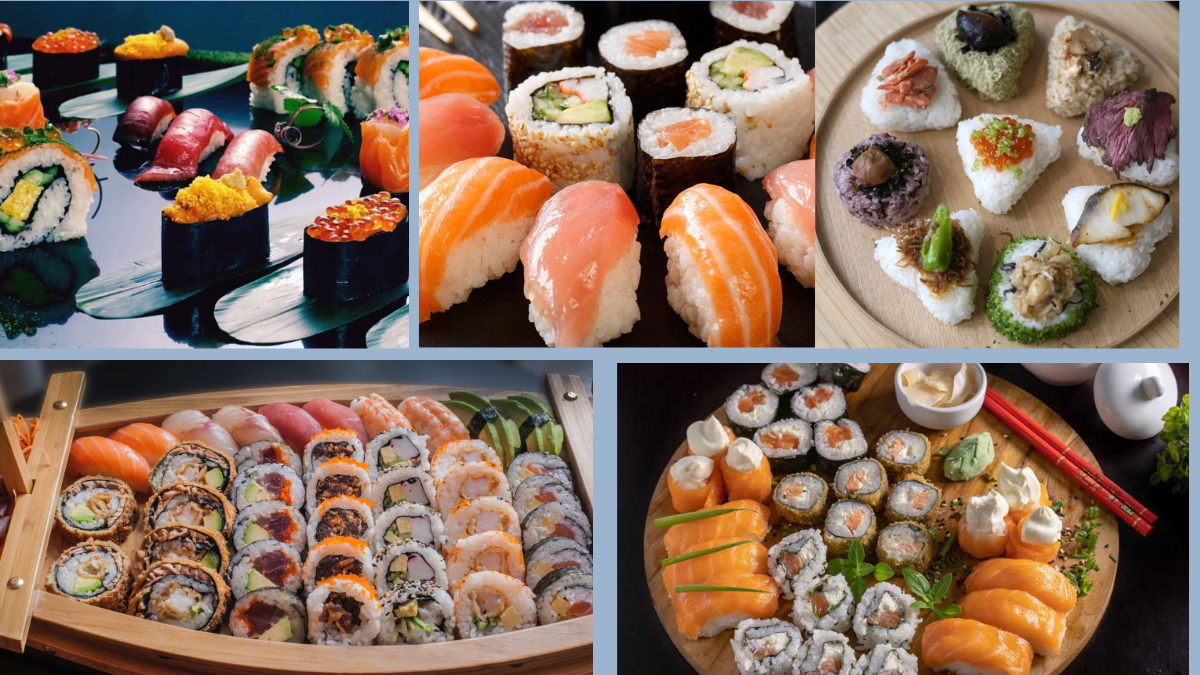(Vegetarian-focused, 100% meat-free)
Sushi—elegant, minimal, flavorful. A dish that balances simplicity and sophistication, sushi has become one of the most recognized and celebrated foods in the world. Traditionally rooted in Japan and often associated with seafood, sushi has evolved over time to include a vast array of vegetarian options that are just as flavorful, vibrant, and artistic.
But the big question many food lovers ask is:
Which country eats the most sushi in the world?
Answer: Japan.
Unsurprisingly, Japan continues to lead the world in sushi consumption. It’s not just a dish there—it’s a way of life, an art form, and a cultural cornerstone. However, many other nations like the United States, Canada, the UK, and Australia have developed a deep appreciation for sushi, expanding its reach far beyond its origins.
In this article, we’ll explore:
- The history and global journey of sushi
- Why Japan still consumes the most sushi
- The global sushi boom
- Popular vegetarian sushi types
- Sushi consumption in other countries
- Emerging plant-based sushi trends
- Sushi etiquette and fun facts
And yes, this article contains only vegetarian sushi insights—free from any fish, seafood, or meat ingredients.
The History of Sushi: A Japanese Legacy
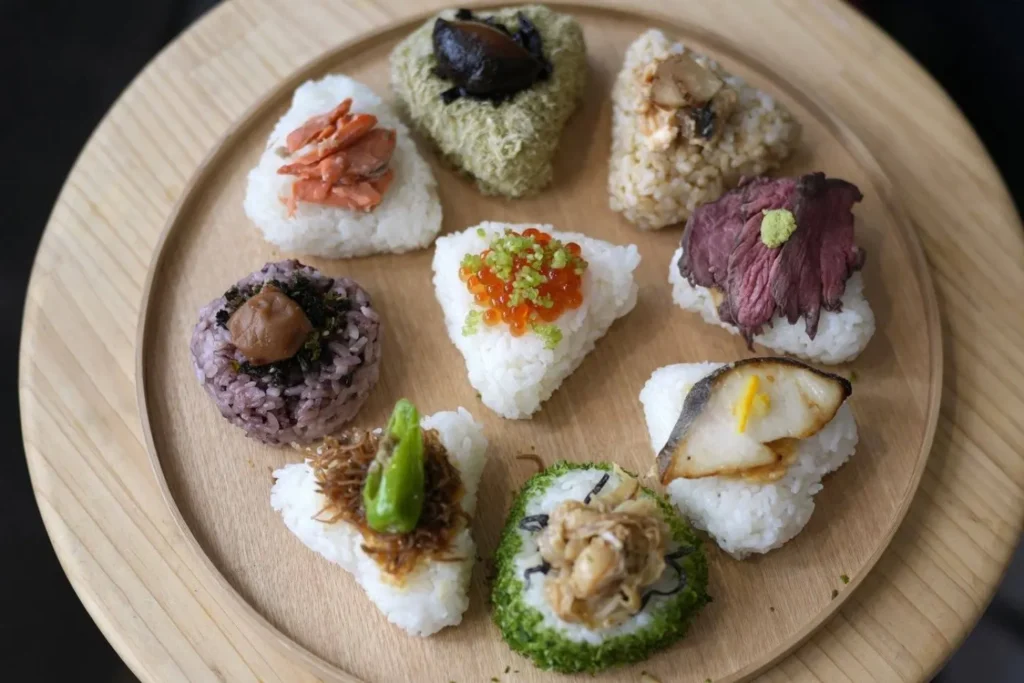
Sushi’s roots can be traced back over 1,000 years. Originally, it was a preservation technique where fish was fermented with rice. This evolved over time, particularly during the Edo period (1603–1868), into the modern forms of sushi we recognize today: nigiri, maki, and more.
Though it began with seafood, modern sushi has diversified to suit all palates—especially as vegetarian and vegan diets become more popular around the world.
Why Japan Consumes the Most Sushi
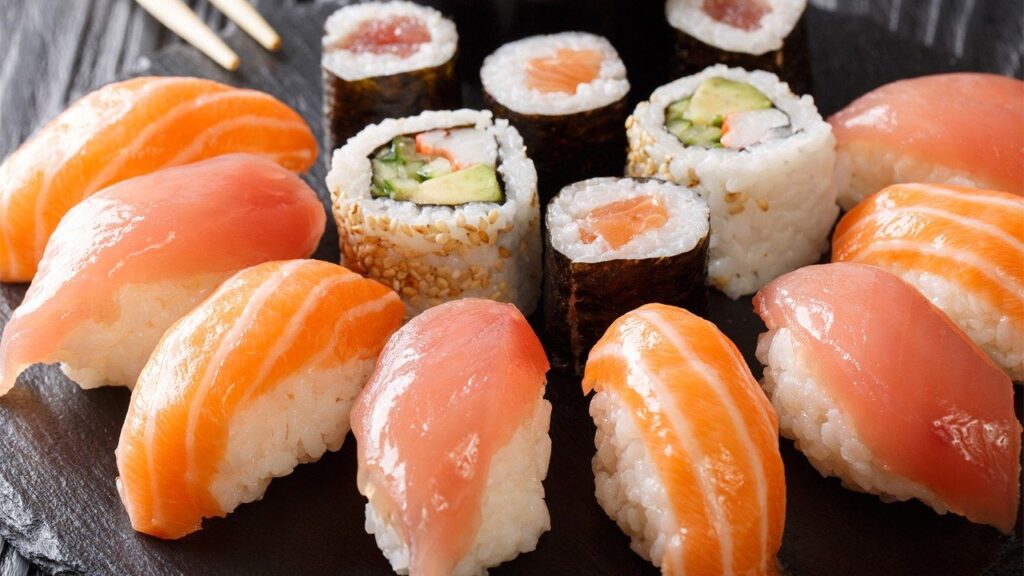
Japan, the birthplace of sushi, understandably consumes the most sushi in the world. Here’s why:
1. Cultural Identity
Sushi is deeply ingrained in Japanese tradition. From casual lunches to ceremonial feasts, it’s present in every layer of society.
2. Availability and Accessibility
With over 45,000 sushi restaurants across Japan, sushi is one of the most accessible and popular meals—from high-end omakase experiences to inexpensive conveyor belt (kaiten) sushi.
3. Vegetarian Sushi Acceptance
While sushi is traditionally made with fish, Japanese chefs have long created vegetarian versions using tamago (egg), pickled vegetables, tofu skin (inari), cucumber (kappa maki), avocado, and more. Buddhist vegetarian cuisine (shojin ryori) has greatly influenced these meat-free sushi styles.
4. Home Consumption
Sushi isn’t only consumed at restaurants. Japanese households frequently prepare sushi rolls using seasonal vegetables, tofu, and rice vinegar, especially during festivals and family gatherings.
Global Sushi Craze: Who’s Next in Line?
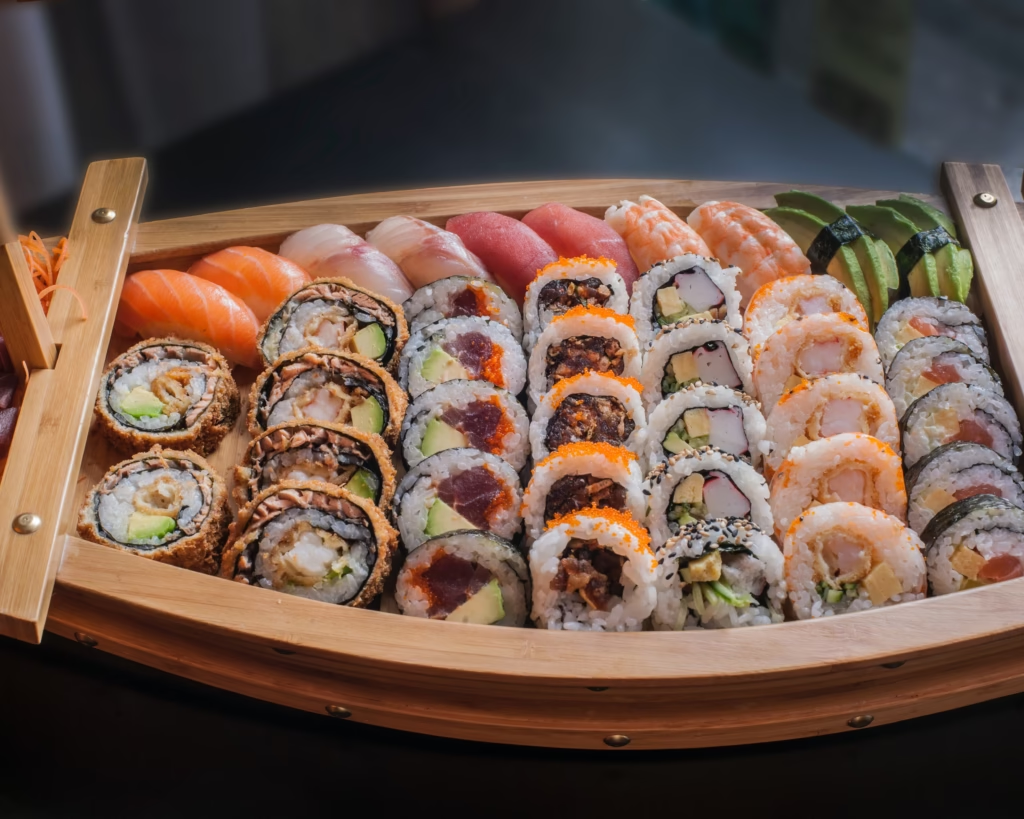
Beyond Japan, sushi has become a worldwide culinary obsession. Several countries now boast significant sushi cultures—some with their own local twists.
United States
The U.S. is one of the largest consumers of sushi outside Japan, especially in metropolitan areas like Los Angeles, New York, and San Francisco. With creative rolls like the avocado roll, veggie dragon roll, and even sweet potato rolls, the U.S. has embraced vegetarian sushi in big ways.
Canada
Sushi is a staple in many Canadian cities, especially Vancouver and Toronto. Many restaurants cater specifically to vegetarians and vegans, offering extensive menus with tofu, cucumber, carrot, mango, tempura vegetables, and vegan mayo.
United Kingdom
In the UK, sushi consumption has exploded over the past decade. Sushi chains and supermarkets carry plant-based options widely, such as avocado maki, pickled radish rolls, and cucumber uramaki.
Australia
With a strong Asian food culture, Australia is home to many sushi bars and takeout spots. Vegetarian options like tofu nigiri, tempura pumpkin rolls, and seaweed salad rolls are popular.
Popular Vegetarian Sushi Types
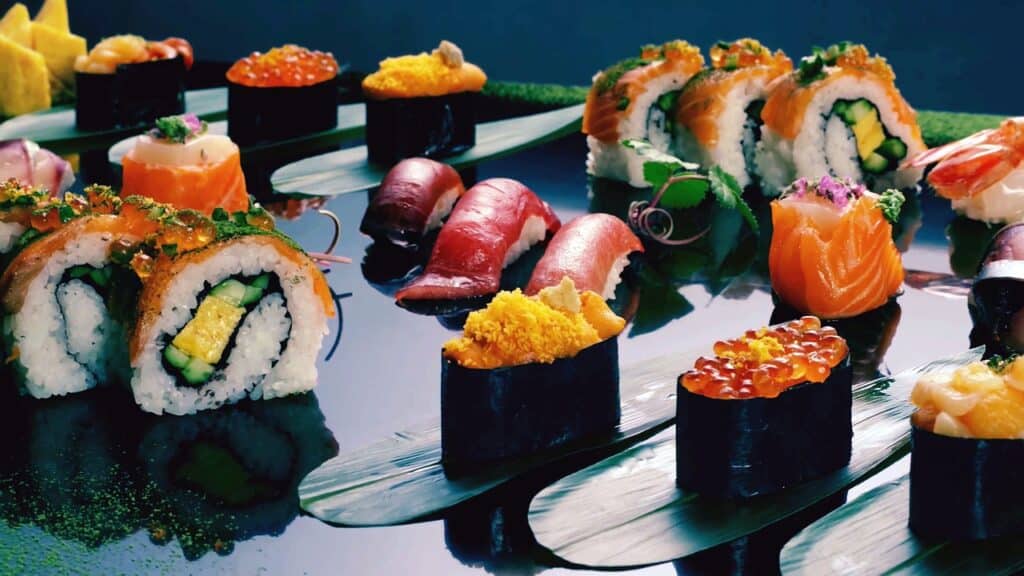
Vegetarian sushi isn’t just an alternative—it’s a flavorful, colorful experience in its own right. Some popular vegetarian sushi types include:
Maki Rolls (Makizushi)
- Kappa Maki: Cucumber roll, light and refreshing
- Avocado Maki: Creamy and satisfying
- Oshinko Maki: Pickled daikon radish roll
- Natto Maki: Fermented soybeans (acquired taste, but very nutritious)
Uramaki (Inside-Out Rolls)
- Avocado & Cream Cheese Roll
- Vegetable Tempura Roll
- Sweet Potato Roll
- Mango & Asparagus Roll
Nigiri (Pressed Sushi)
- Tamago Nigiri: Sweet Japanese omelet over rice (vegetarian, not vegan)
- Avocado Nigiri
- Inari Sushi: Sushi rice in a pouch of sweet fried tofu
- Shiitake Nigiri: Grilled or marinated mushrooms
Chirashi (Scattered Sushi)
A bowl of seasoned rice topped with assorted vegetables, seaweed, tofu, sesame seeds, pickled ginger, and more.
Sushi Burritos & Bowls
Modern takes on sushi—burrito-sized rolls or poke-style bowls with rice, avocado, edamame, cucumber, and spicy sauces.
Plant-Based Sushi: A Rising Trend
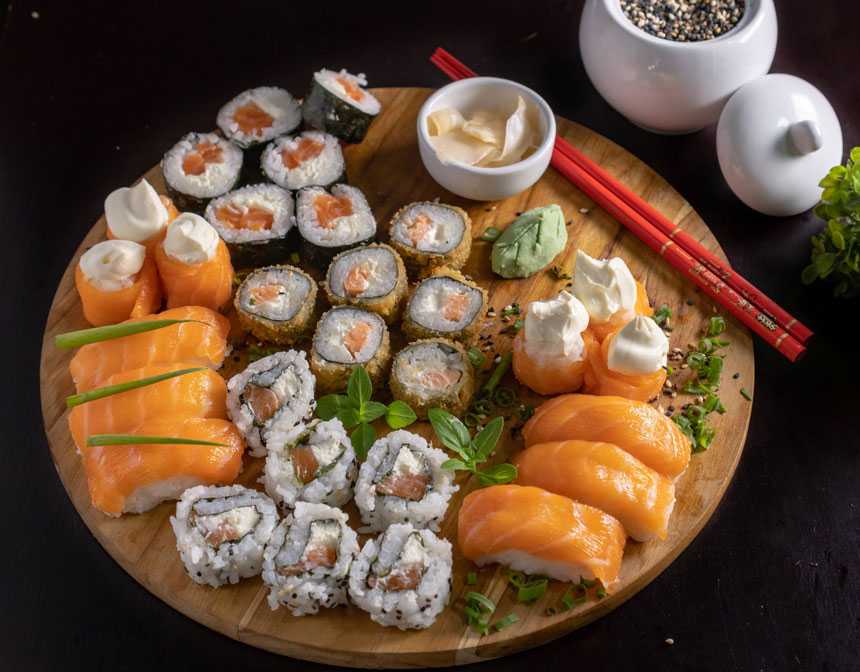
The world is moving toward conscious eating, and sushi is keeping up. Here’s how plant-based sushi is evolving:
Vegan Sushi Restaurants
Cities like Tokyo, Berlin, Los Angeles, and London are home to fully vegan sushi bars. Chefs use ingredients like beetroot “tuna,” tomato “salmon,” and eggplant “eel” to replicate textures without harming animals.
Plant-Based Seafood Alternatives
New companies are creating vegan fish from konjac, soy, and seaweed. These ingredients mimic the taste and texture of raw fish while remaining 100% plant-based.
Rice Alternatives
Health-conscious consumers are also swapping white rice for brown rice, quinoa, or cauliflower rice to boost nutritional content.
Sushi Etiquette 101 (Vegetarian Edition)
Even if you’re eating vegetarian sushi, following Japanese etiquette enhances the experience:
- Use chopsticks or hands—both are acceptable.
- Dip fish side down (if any), or just lightly dip veggie sushi into soy sauce.
- Eat in one bite, especially for nigiri.
- Use pickled ginger as a palate cleanser, not a topping.
- Say “Itadakimasu” before eating and “Gochisousama” after your meal to express gratitude.
Sushi in Japanese Life
Sushi is not just consumed for taste—it’s deeply cultural:
- Festivals: Temari sushi (small, ball-shaped sushi) is popular at traditional festivals.
- Hinamatsuri (Girl’s Day): Families prepare colorful sushi dishes with vegetables and egg.
- Sushi in Bento Boxes: School lunches and work meals often include vegetarian sushi components.
Did You Know?
- The world’s longest sushi roll was over 2,500 meters long—and included many vegetarian fillings.
- Sushi chefs in Japan undergo years of training, even before handling rice.
- Wasabi sold outside Japan is usually horseradish-colored green, not real wasabi root.
- There’s a special type of sushi called “Kazari Maki”—decorative vegetarian rolls with floral or animal patterns inside!
Summary: Sushi is Global, but Japan Still Reigns
While sushi has become a global culinary star, Japan continues to consume and produce the most sushi in the world. From ancient origins to modern vegetarian innovations, sushi has grown far beyond a seafood-only dish.
Thanks to a growing awareness of vegetarian and vegan lifestyles, plant-based sushi is no longer a side option—it’s a major category of its own, celebrated for creativity, health benefits, and visual appeal.
Whether you’re enjoying a kappa maki in Kyoto, an avocado roll in LA, or a sweet potato tempura roll in London, sushi is proof that simple ingredients, when prepared with care, can create unforgettable experiences.
